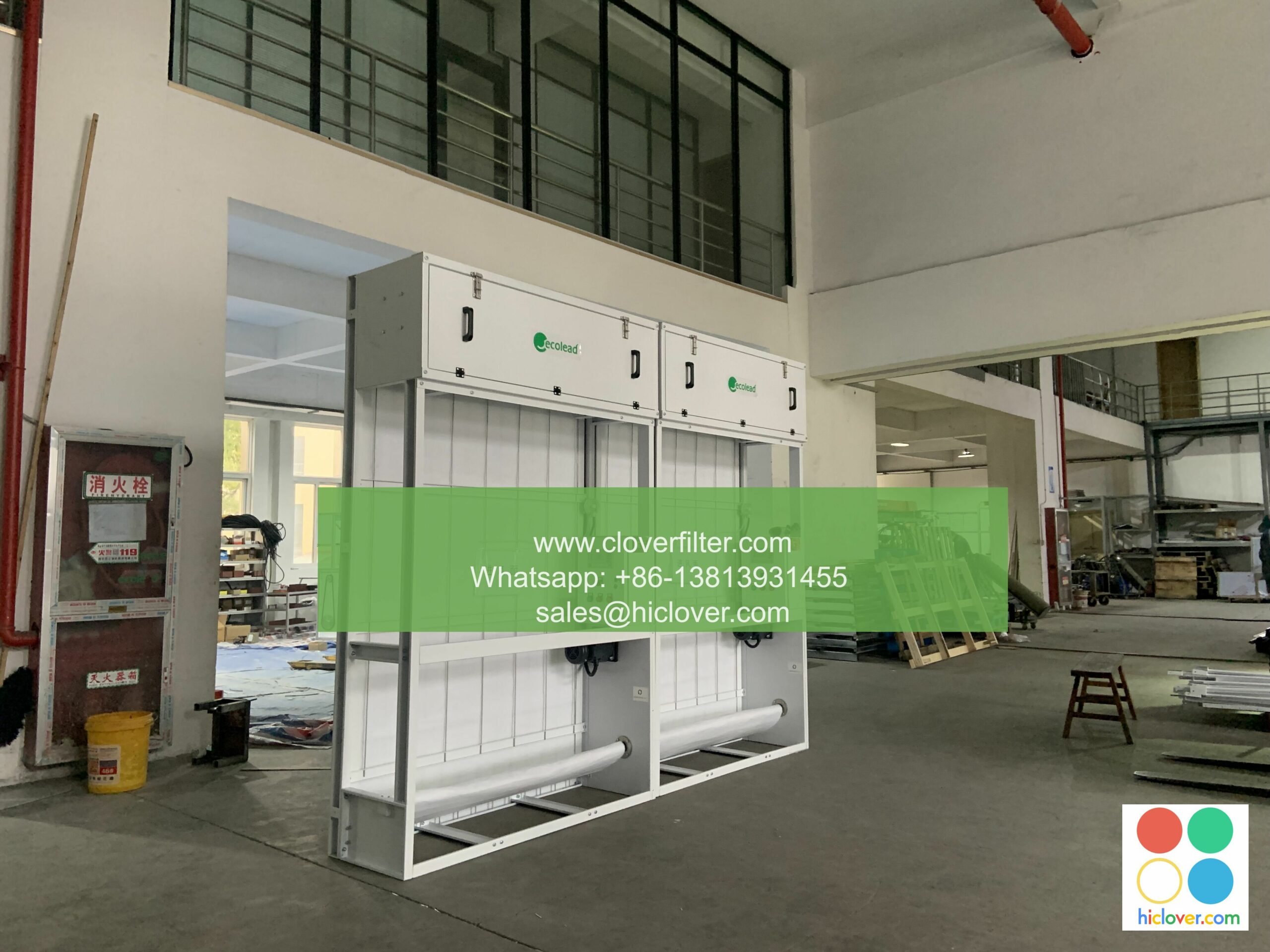The Science Behind Honeycomb Air Filters: Do They Really Work?

Honeycomb air filters have gained significant attention in recent years due to their unique design and potential to improve indoor air quality. But do they really work? In this article, we’ll delve into the science behind these filters and explore their effectiveness in various application areas, including commercial HVAC systems, industrial air purification, and residential air cleaning.
## What are Honeycomb Air Filters?
Honeycomb air filters are designed with a honeycomb structure, which consists of a series of hexagonal cells that provide a large surface area for filtering particles. This structure allows for a higher airflow rate and filtration efficiency compared to traditional air filters. The honeycomb design also enables the filter to capture a wide range of particles, including PM2.5, PM10, and other volatile organic compounds (VOCs).
## How Do Honeycomb Air Filters Work?
The science behind honeycomb air filters lies in their ability to utilize viscous flow and diffusion to capture particles. As air flows through the filter, the turbulent flow created by the honeycomb structure helps to distribute the particles evenly, increasing the chances of capture. The filter’s large surface area and high porosity also contribute to its effectiveness, allowing it to capture particles as small as 0.3 microns.
## Application Areas
Honeycomb air filters have a wide range of applications, including:
* Commercial HVAC systems: Honeycomb air filters can help improve indoor air quality in commercial buildings, reducing the risk of occupant illness and productivity loss.
* Industrial air purification: These filters can be used to remove hazardous particles and gases from industrial processes, protecting workers and equipment.
* Residential air cleaning: Honeycomb air filters can be used in homes to remove allergens, pet dander, and other indoor air pollutants, improving the health and comfort of occupants.
## Benefits and Advantages
The benefits of honeycomb air filters include:
* High filtration efficiency: Honeycomb air filters can capture up to 99.97% of particles as small as 0.3 microns.
* Low pressure drop: The honeycomb design allows for a low pressure drop, reducing the energy required to operate the filter.
* Long filter life: Honeycomb air filters can last up to 2-3 times longer than traditional air filters, reducing maintenance and replacement costs.
## Conclusion
In conclusion, honeycomb air filters are a highly effective solution for improving indoor air quality. Their unique design and ability to capture a wide range of particles make them an ideal choice for various application areas, including commercial HVAC systems, industrial air purification, and residential air cleaning. With their high filtration efficiency, low pressure drop, and long filter life, honeycomb air filters are a worthwhile investment for anyone looking to improve the health and comfort of their occupants. It looks like you’re ready to get started, but you haven’t given me a specific prompt to work with yet. What would you like to talk about or ask? I can assist with a wide range of topics, from science and history to entertainment and culture. If you’re feeling creative, we could even have a conversation about writing a story together or exploring a hypothetical scenario. Let me know how I can help!
